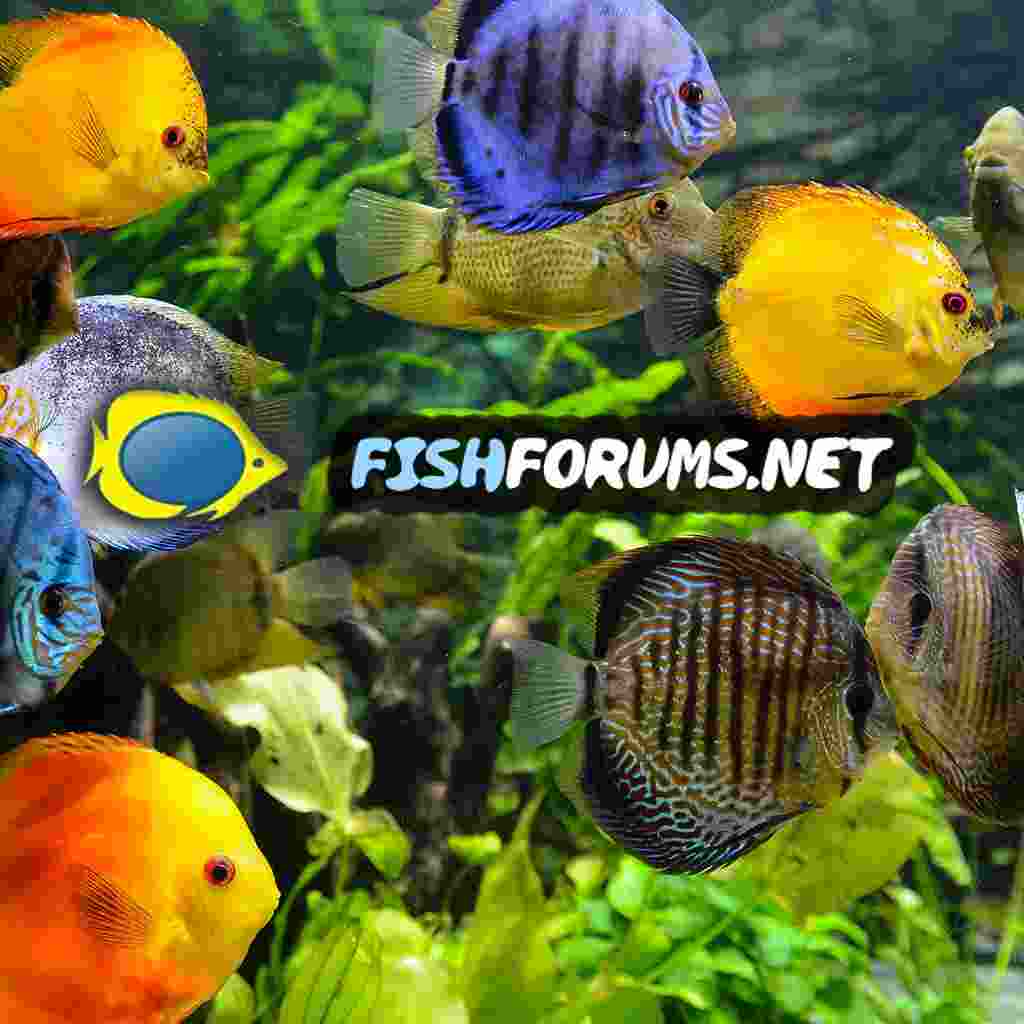Beastije
Fish Addict
So I freed and cleaned up my 25liter as the setup in it was just boring. I put it on my windowsill and am thinking. What about a breeding tank/fry rearing tank. Would someone advise about a setup? Should I have it running with a sponge filter and some...java moss ? Or prepare before the breeding attempt itself?
I know to keep it bare bottom, but what about snails? My IKEA spare box is full of diatome brown algae that the snails help with, but they will also eat the eggs some day
Fish I have to try are all egg scatterers. Mango loaches. Norman lampeye. Possible pseudomugil luminatus. I don't know if I need to look into some sort of mesh for the bottom. I have a yarn mop
I know to keep it bare bottom, but what about snails? My IKEA spare box is full of diatome brown algae that the snails help with, but they will also eat the eggs some day
Fish I have to try are all egg scatterers. Mango loaches. Norman lampeye. Possible pseudomugil luminatus. I don't know if I need to look into some sort of mesh for the bottom. I have a yarn mop



 But it's a great tool for breeding egg scatterers!
But it's a great tool for breeding egg scatterers!